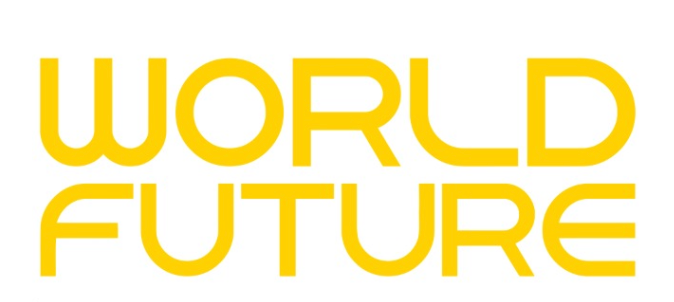Fukushima's Watershed Moment: Inside Japan's Bold Oceanic Wastewater Release
The Fukushima Daiichi nuclear catastrophe unfolded in March 2011, triggered by a 9.0 magnitude earthquake and ensuing tsunami that wreaked havoc on the plant's cooling mechanisms.

Japan started releasing treated and diluted radioactive wastewater from the Fukushima Daiichi nuclear plant into the Pacific Ocean on August 24, 2023. The first batch was released over 17 days, and the second batch began on September 29, 2023. The releases are expected to continue for decades.
The Japanese government and the plant's operator, Tokyo Electric Power Company Holdings (TEPCO), say the releases are necessary to decommission the plant and are safe for the environment and human health. However, the plan has been met with strong opposition from fishing groups and neighboring countries, including South Korea and China.
TEPCO says the wastewater is treated and diluted to levels that are below internationally accepted safety limits. The company also says it is monitoring the water quality and marine life around the plant. However, some experts have raised concerns about the long-term effects of the releases on the environment and human health.
The International Atomic Energy Agency (IAEA) has said that the releases are "unlikely to cause any significant harm to human health or the environment." However, the IAEA has also recommended that Japan continue to monitor the water quality and marine life around the plant.
The complex situation from Fukushima
The Fukushima Oceanic Wastewater Release is a complex and controversial issue. There are strong arguments on both sides of the debate. It is important to stay informed about the issue and to form your own opinion based on the facts.
The Fukushima Daiichi nuclear catastrophe unfolded in March 2011, triggered by a 9.0 magnitude earthquake and ensuing tsunami that wreaked havoc on the plant's cooling mechanisms.
This calamity led to the melting of three reactors and initiated a daily production of contaminated water utilized for fuel rod cooling. This accumulated toxic water has been contained in expansive reservoirs, amassing over a million tons of treated waste water on-site.

Visit World Future for more foreign news and regional Asean stories
In response, Japan has diligently explored diverse strategies for managing this tainted water, including evaporation, underground injection, and oceanic release. In a significant development, Japan announced in April 2021 its resolution to gradually discharge treated wastewater into the Pacific Ocean over the next three decades. This decision received validation from the International Atomic Energy Agency (IAEA), affirming its alignment with global safety standards.
However, this verdict has sparked heated debates both locally and internationally. Fears surrounding potential ecological and health hazards linked to the introduction of radioactive water into the ocean have prompted intense scrutiny. Moreover, critics have vociferously condemned Japan's choice, contending that it jeopardizes the reputation of Fukushima and the nation as a whole.
Oceanic Wastewater Release
Key elements of the Fukushima wastewater release include:
- Gradual Dissemination: The treated wastewater will be released incrementally over the ensuing 30 years.
- Managing Radioactive Isotopes: While treatment will eliminate a substantial portion of radioactive isotopes, a residual fraction will persist.
- Vigilant Oversight: Both the Japanese government and the IAEA will rigorously monitor the discharge process to ensure adherence to safety standards.
- Projected Minimal Impact: Evaluations by the Japanese government and the IAEA suggest a limited influence on human well-being and the environment.
The determination to release the contaminated wastewater has triggered intense debates and discord on national and international platforms.
The Fukushima Daiichi nuclear disaster's aftermath, set in motion by a catastrophic earthquake and tsunami, culminated in the challenge of managing accumulated polluted water. Japan's chosen path, endorsed by the IAEA, has encountered skepticism and controversy.
As the situation unfolds, the utmost commitment to transparency, vigilant monitoring, and safety standards adherence will shape the trajectory of Fukushima's journey toward resolution.

